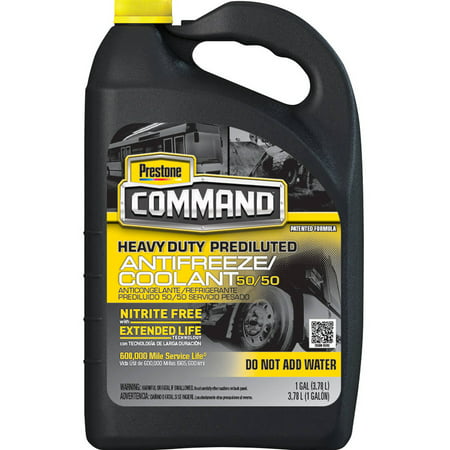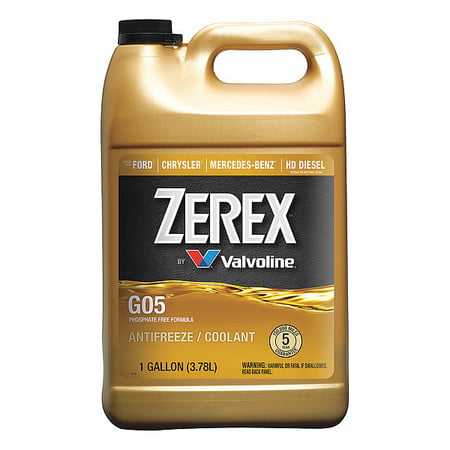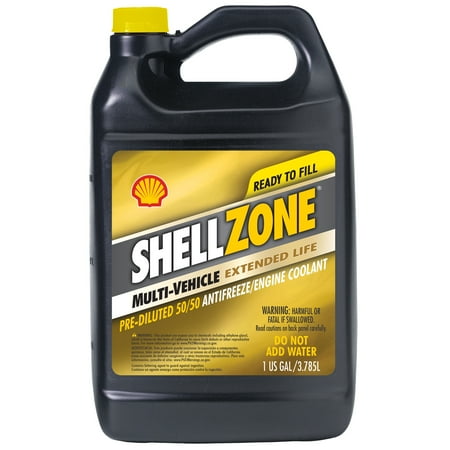Valvoline Zerex Asian Vehicle Blue Ready-to-Use 50/50 Antifreeze / Coolant, 1 Gallon
ZEREX Asian Vehicle Antifreeze/Coolant is mainly formulated to meet the requirements of Asian car producers (Honda®, Nissan®, KIA®, Hyundai® and others) requiring a blue, silicate loose Hybrid Organic Acid Technology (HOAT) with a phosphate additive. This patented formula is designed to replace the original fluid and gives safety from rust, corrosion, boil overs and freezing.

Silicate-loose, long-life, phosphate Hybrid Organic Acid Technology chemistryFormulated to update the OEM fluid in Asian make automobiles which includes Honda®, Nissan®, KIA®, Hyundai® and others requiring a blue, silicate loose HOAT antifreeze/coolantThe lengthy existence method gives safety for all cooling gadget metals from rust and corrosion. The silicate unfastened, borate loose components facilitates guard towards dangerous scale and depositsMeets the subsequent OEM and enterprise specifications: Hyundai/KIA MS 591-08, Mitsubishi ES-64217, JIS K 2234-1994, Ford WSS-M97B55-A, ASTM 3306, ASTM D4985, Federal Specification A-A-870A





Reviews
There are no reviews yet.